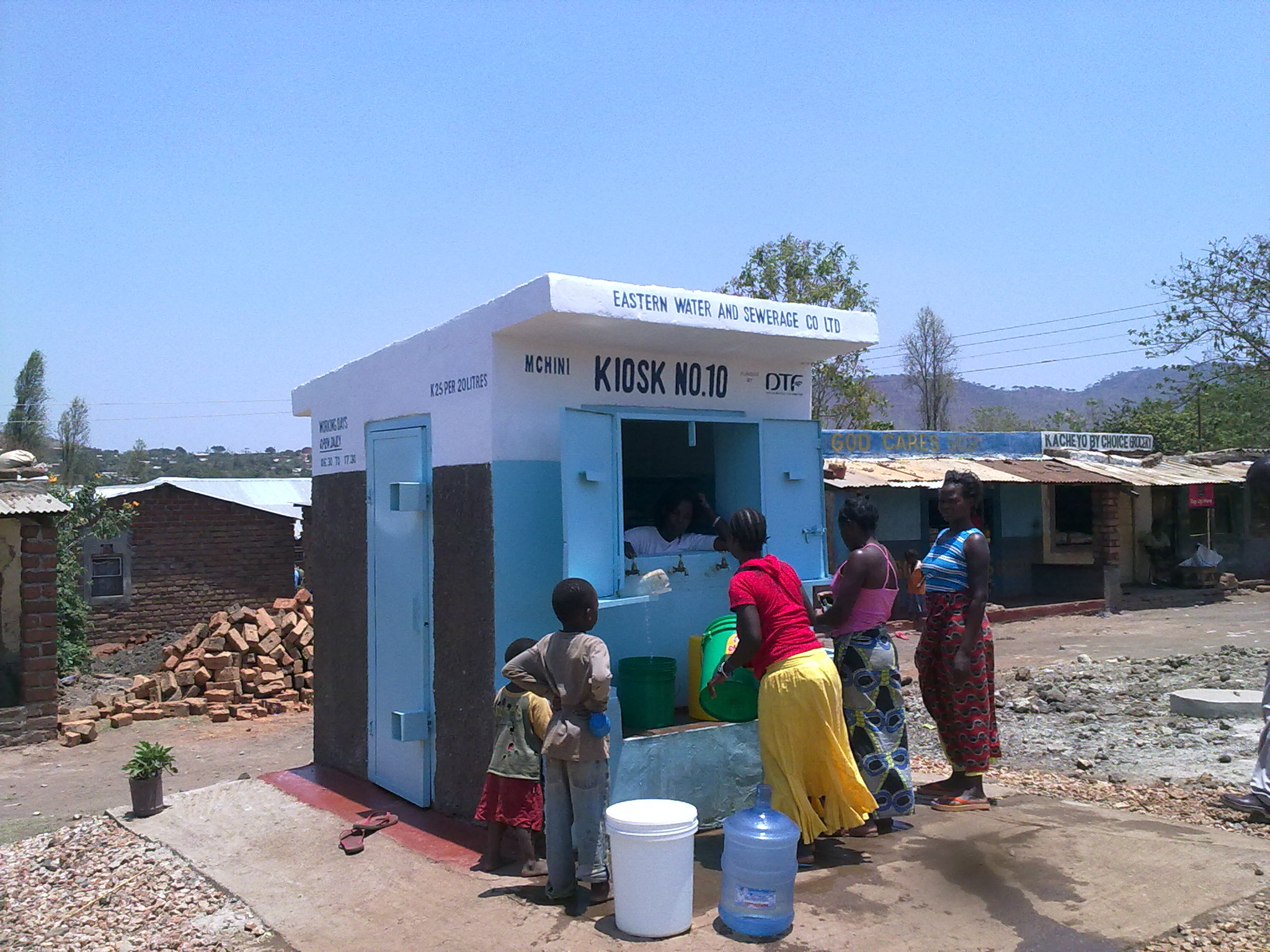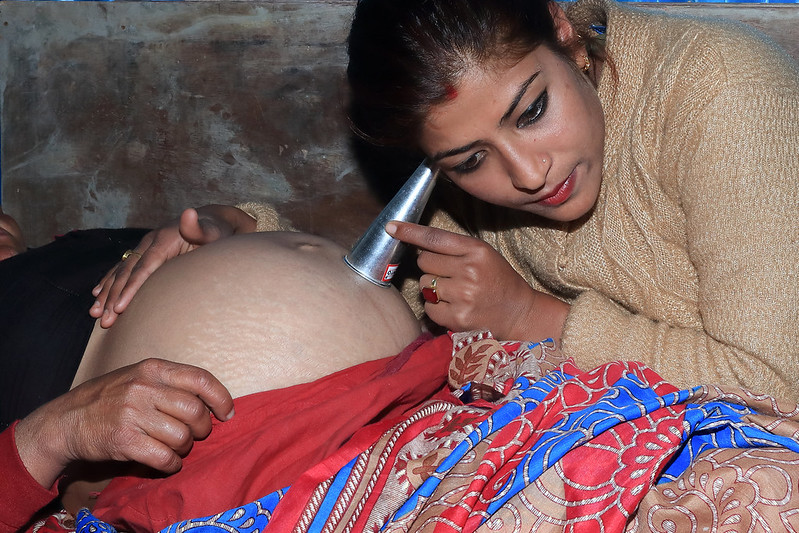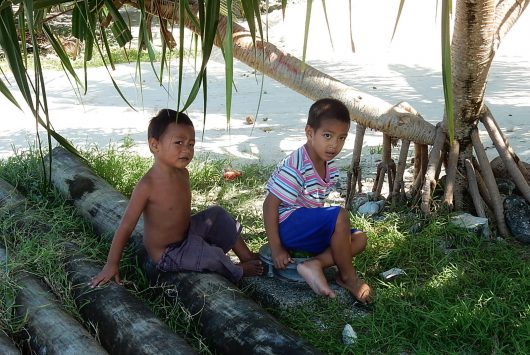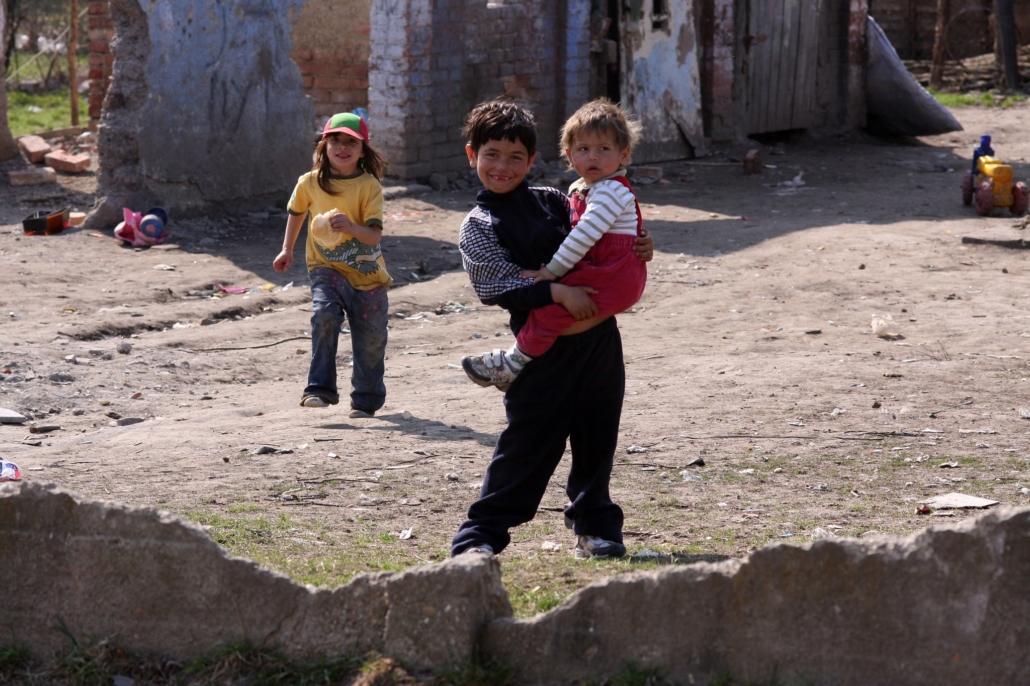
Uganda has been noted as an African country that is on the rise out of poverty. This is partly due to foreign assistance coming from countries like the United States. The United States Agency for International Development (USAID) has carried out work in Uganda excelling improvements in economy, health care, education, and the state of democracy.
Economic Growth
USAID has been engaged in Uganda’s efforts to reduce poverty and hunger. Among many other goals, Uganda and USAID are working with public and private sectors to promote investment, agriculture production, food security and efficient energy usage. US based programs like Development Credit Authority, Feed the Future Youth Leadership for Agriculture and Global Development Alliances, have assisted in Uganda’s success of lowering the poverty rate. By connecting Ugandans with businesses to market their products, USAID is helping to improve household incomes as well as stabilize the country’s gross domestic product. Investments in the future are also being made by training youths for the job market and connecting farmers, refugees, and workers with agricultural resources and trade opportunities.
State of Democracy
USAID works with the Ugandan government to bring up issues regarding transparency, human rights, and justice for citizens. USAID’s democracy program in Uganda particularly focuses on women and youths as a voice to be heard. The USAID’s overall objective of promoting civil society encompasses the opportunity for citizens to part-take in the governing process while leaders are working for the people. Improving the democracy of Uganda will help build a strong and independent country, which in turn will partake in flourishing the entire region.
Education and Training
With a high number of vulnerable children, USAID is working with the Ugandan government to implement plans providing education for young children, while focusing on teaching languages and educating on health, HIV/AIDS and violence. USAID is also striving to develop the future workforce with the Better Outcomes for Children and Youth activities, which helps youths cultivate the skills needed for success, both in work and in life. There is also new training available for teachers, with improved computer technology.
Health and HIV
USAID’s effort in addressing health care issues in Uganda includes eliminating HIV/AIDS through the U.S. President’s Emergency Plan for AIDS Relief (PEPFAR), reducing tuberculosis infection rates, and eradicating malaria under the U.S. President’s Malaria Initiative (PMI). Other health care programs include child and maternal health, family health, and disease prevention, as well as educating young women on sexual violence and HIV/AID protection. Since many diseases are spread through poor sanitation, USAID’s work in Uganda also focuses on improving water sanitation and hygiene practices.
Humanitarian Transitions
Through USAID, the U.S. is helping Uganda with emergency food supplies, health care assistance, and conflict resolution in democracy to improve the country’s status and enhance people’s quality of life. The continuing basis of humanitarian aid effort has made the U.S. the “largest single honor of humanitarian assistance in Uganda,” according to Anne Ackermann, a photojournalist with USAID.
USAID’s continuing work in Uganda, along with the positive outcomes seen by the country so far, underscores the effectiveness of overseas involvement and the power of foreign aid in general. Foreign aid will always have an important role in country development and growth.
– Hung Le
Photo: Flickr
 Zambia is a country with a population of more than 16.5 million. It neighbors Zimbabwe, Tanzania, the Democratic Republic of the Congo, Angola, Botswana, Mozambique and Malawi in the Southern-Central region of Africa. In 2011, Zambia achieved middle-income country status, reflecting the country’s substantial economic growth of
Zambia is a country with a population of more than 16.5 million. It neighbors Zimbabwe, Tanzania, the Democratic Republic of the Congo, Angola, Botswana, Mozambique and Malawi in the Southern-Central region of Africa. In 2011, Zambia achieved middle-income country status, reflecting the country’s substantial economic growth of  With COVID-19 emerging as a global pandemic, attention has centered on alleviating its effects. However, this has posed challenges to combating other respiratory illnesses, like tuberculosis, due to the lack of control efforts. Russia has been particularly hit by this, where it has a higher sensitivity to respiratory issues. To better understand this and the solutions that might be used to fight both COVID-19 and tuberculosis, here are eight facts about tuberculosis in Russia.
With COVID-19 emerging as a global pandemic, attention has centered on alleviating its effects. However, this has posed challenges to combating other respiratory illnesses, like tuberculosis, due to the lack of control efforts. Russia has been particularly hit by this, where it has a higher sensitivity to respiratory issues. To better understand this and the solutions that might be used to fight both COVID-19 and tuberculosis, here are eight facts about tuberculosis in Russia.
 Nepal, a landlocked country bordering India and China, has a population of approximately 30 million. In 2015, close to
Nepal, a landlocked country bordering India and China, has a population of approximately 30 million. In 2015, close to 




